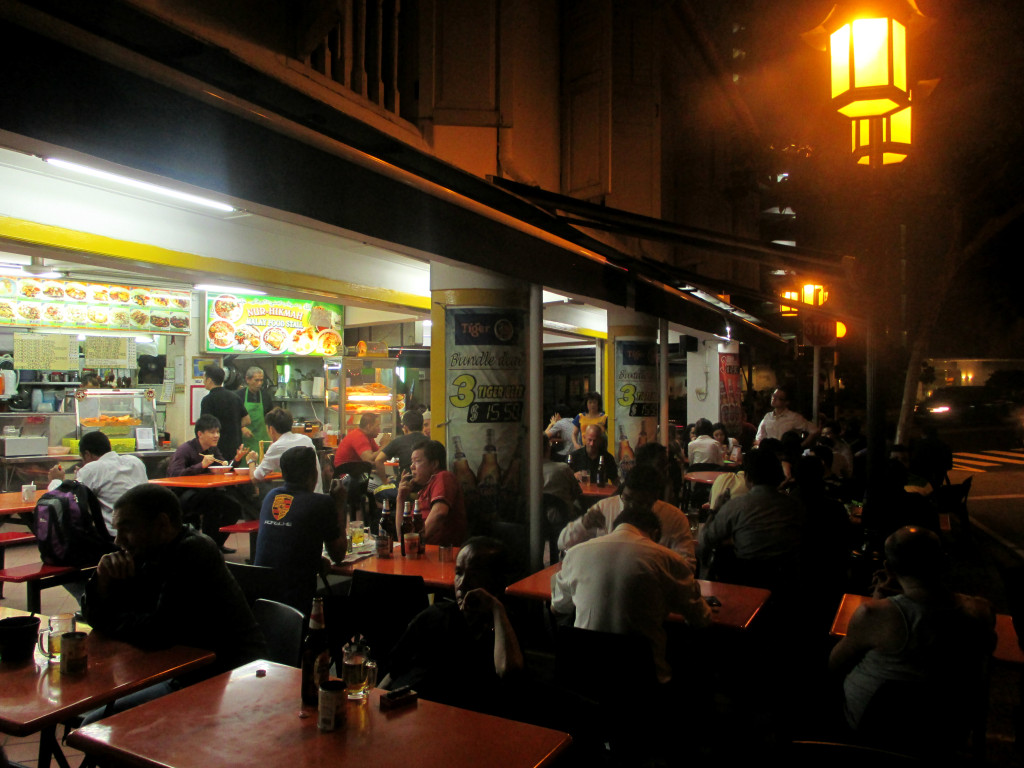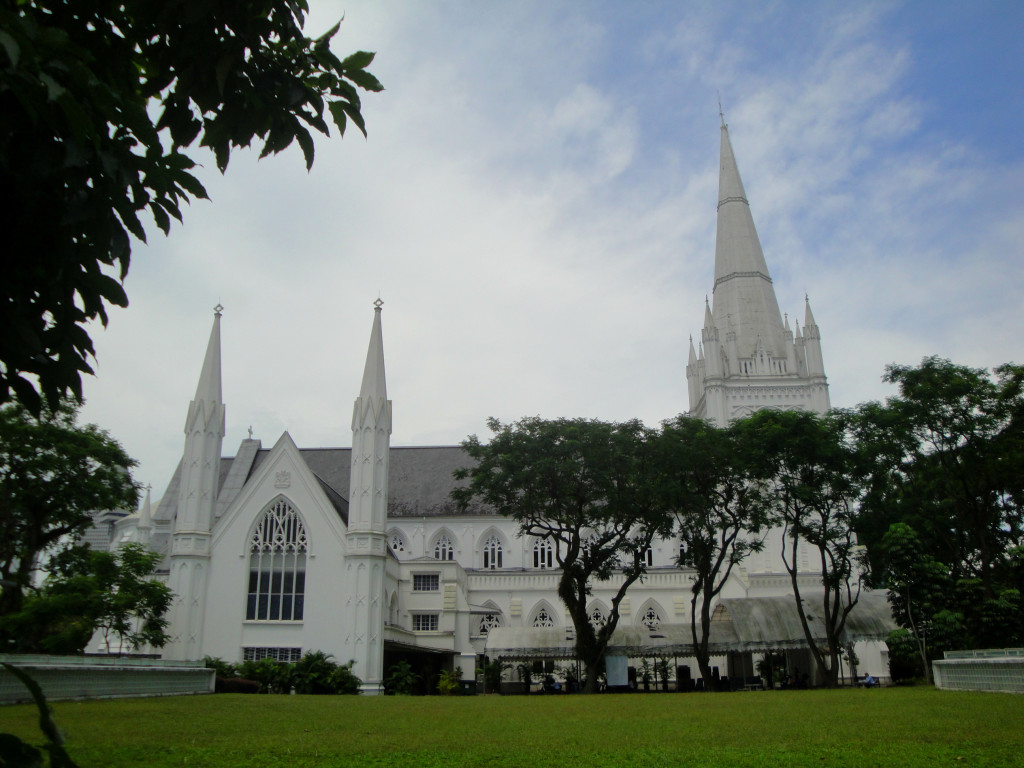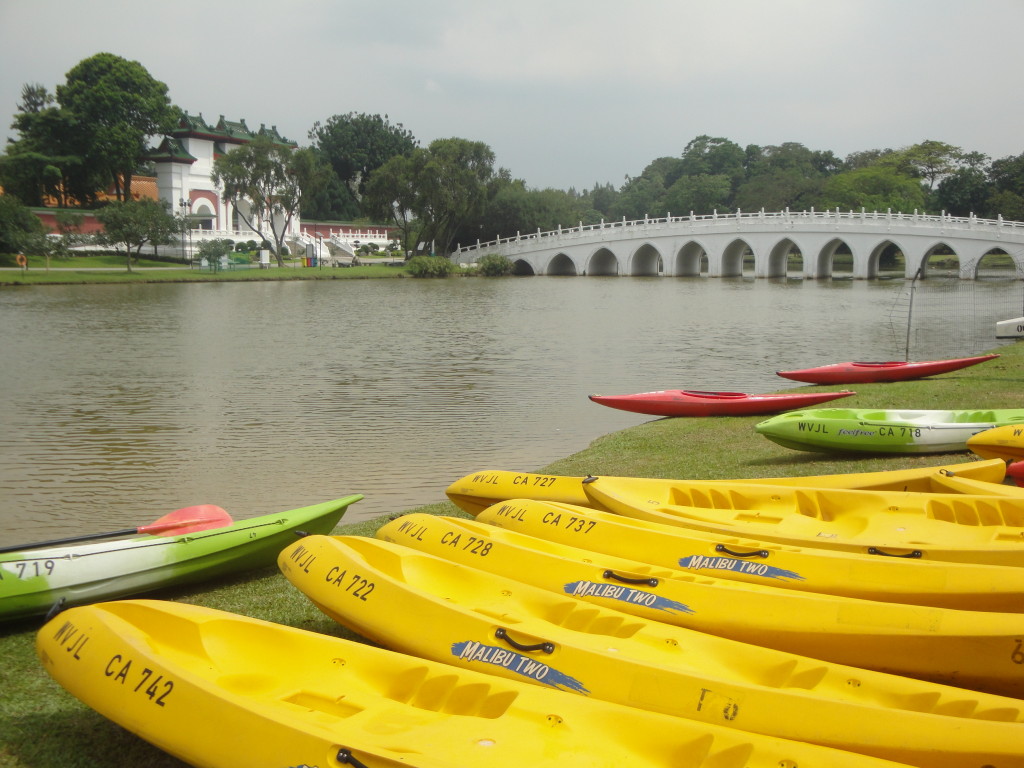Published on October 1, 2013 in the Singapore American Newspaper:
For a Friday or Saturday night out, the lure of Singapore’s expat hubs is hard to deny. The glitter of the clubs and the ambience of the pubs, the platters of bar food and the heavy steins of beer, the loud music and the reflection of the lights on the river’s surface… Unfortunately, it is equally hard to deny the dent these hubs can make in your wallet. Luckily this city has a seemingly endless amount of hidden gastronomic gems just waiting for you to explore. Whether you are looking to impress your visitors with your local know-how or are just in the mood for a less-touristy but still centrally located spot for dinner, the following suggestions are sure to make for a great night out.
Instead of Boat Quay…
When my in-laws visited a year ago, my husband took them along the glitzy strip of Boat Quay and then through the back to an open-air hawker center called BK Eating House, which sits behind the bars at 21 South Bridge Road. Though the plastic tables and fluorescent lighting didn’t impress my in-laws much, the specialty dry mee sua from the Yan Kee stall sure did. Not only do they claim to this day that it was the best meal they had during their time in Singapore, at $3.50 a bowl it was also the cheapest. And since the cost of one beer at a bar on the river will get you three beers at BK Eating House, it’s easy to forgive its artless appearance.

BK Eating House
Instead of Chijmes…
Instead of paying for expensive cocktails within the walls of Chijmes, stroll two blocks over to Standing Sushi Bar at 8 Queen Street. There are a plethora of good Japanese restaurants but I have yet to find one that rivals this lively restaurant. A stone’s throw from the Singapore Art Museum, Standing Sushi offers exceptionally fresh sashimi as well as an enormous selection of sake. Every weeknight features a different promotion (50% off sushi, sashimi, and alcohol, anyone?) but the prices are reasonable even without them. However, you will want to get there either before or after the peak dinner time as the restaurant doesn’t take reservations and the line outside can get pretty long.
Instead of Clarke Quay…
Across the river from the theme park-esque Clarke Quay, the Central Mall houses a barely marked bistro you won’t want to miss. You may have heard of No Signboard, dubbed as such because when it was a single stand in a hawker center in the 1970s, the founders simply couldn’t afford a signboard. Back then seafood wasn’t commonly sold in hawker centers but their unique crab recipes attracted much attention and today No Signboard has six branches, one of which is hidden in a corner on the fourth floor of the Central. A far cry from the original stall, this particular outlet is elegantly decorated and sports large windows that look out at Clarke Quay over the river. While you’ll have to try the famous chili crab or white pepper crab (which you buy by the kilogram), I also highly recommend the sliced mushrooms with abalone sauce over rice.
Instead of Robertson Quay…
For inexpensive wine and tasty food, it is hard to beat Wine Connection at Robertson Quay but if you’re looking for a real contender, check out the triple threat of The Foundry, Baan Khun Nai, and The Burger Office. All can be found sharing the same space at 18 Mohamed Sultan Road, the atmosphere of which can only be described as beach-like, eclectic, and relaxed. The Foundry prides itself on its choice selection of Belgian craft beers (I suggest a pint of the Kronenbourg 1664 Blanc). Baan Khun Nai serves up classic and succulent Thai food. And The Burger Office, as expected, specializes in straightforwardly delicious beef burgers. Mix and match as you please!
It’s easy for smaller restaurants to get overshadowed by the bright lights of the Quays but these homegrown alternatives make for a more authentic (and generally less costly) meal than what the tourist hubs tend to offer. However, they are also close enough to the parties that you can wander over after you’ve eaten, if you’re still in the mood.



